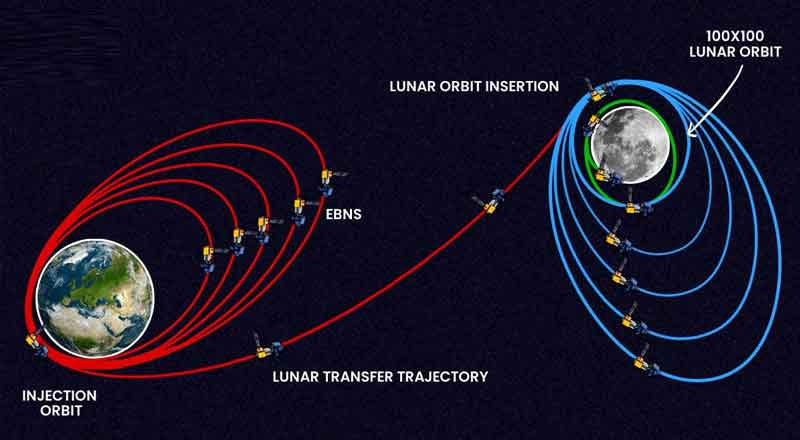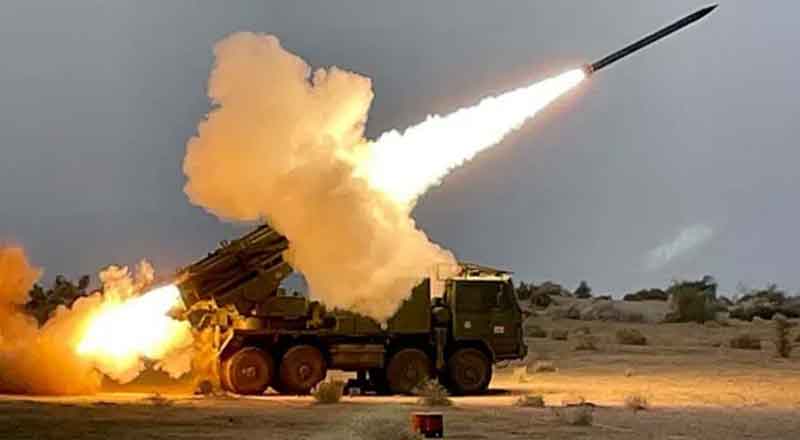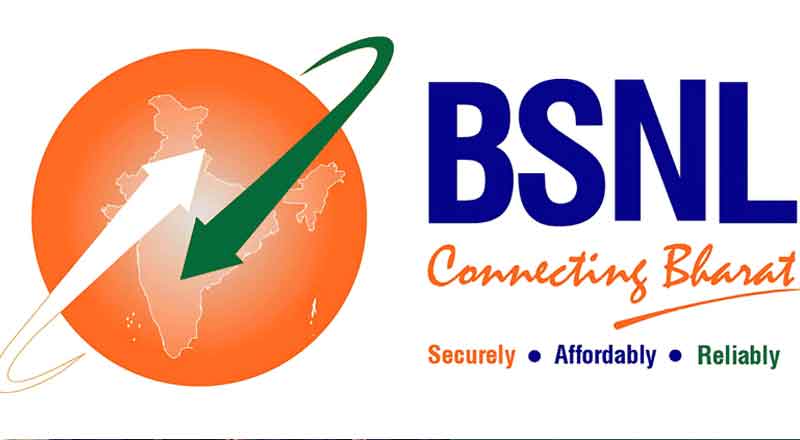Following the trans-lunar injection (TLI), the spacecraft escaped from Earth’s orbit and is now on a path that will take it to the vicinity of the Moon.
India’s lunar exploration mission, Chandrayaan-3, has successfully left Earth’s orbit and is now en route to the Moon, marking a significant milestone in its space exploration journey.
The Indian Space Research Organisation (Isro) confirmed that the spacecraft was injected into its translunar orbit on midnight of August 1, following a series of successful orbits around the Earth.
The Chandrayaan-3 mission, launched on July 14, 2023, is the third lunar exploration under the Chandrayaan programme. It comprises a lander named Vikram and a rover named Pragyan, similar to its predecessor, Chandrayaan-2.
However, unlike the previous mission, Chandrayaan-3 does not include an orbiter. Instead, its propulsion module acts as a communication relay satellite, carrying the lander-rover payloads to the moon.
Following the trans-lunar injection (TLI), the spacecraft escaped from Earth’s orbit and is now on a path that will take it to the vicinity of the Moon. This maneuver placed the spacecraft on a ‘lunar transfer trajectory’, marking the beginning of its journey toward the Moon.
The next significant phase for Chandrayaan-3 is the Lunar-Orbit Insertion (LOI), planned for August 5. This move will initiate the moon-centric phase of the mission.
The spacecraft will orbit the moon four times, gradually getting closer to the lunar surface with each subsequent loop. This process is crucial as it cannot directly transition from an Earth orbit to landing on the moon.
Once in the lunar orbit, the lander will separate from the propulsion module and attempt a soft landing near the southern polar region of the moon on August 23. This landing is a complex process involving a series of maneuvers consisting of rough and fine braking.
Prior to landing, imaging of the landing site region will be conducted to identify safe and hazard-free zones.
Upon successful landing, the six-wheeled rover will roll out and carry out experiments on the lunar surface for a period equivalent to 14 Earth days. The primary objectives of this mission are to perform a safe soft landing, deploy the rover and demonstrate its operation, and perform in-situ scientific experiments.
Despite the failure of the lander and rover in the Chandrayaan-2 mission due to a software glitch, Isro has shown resilience and determination in its pursuit of lunar exploration. With the successful departure of Chandrayaan-3 from Earth’s orbit, the world eagerly awaits the next chapter in India’s lunar journey.





